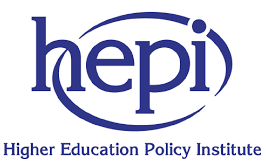The university sector in the UK is, despite its status in popular and political discourse, only one part of a much broader spectrum of post-secondary education. This spectrum of tertiary education and training also includes further education (FE) colleges and other higher education institutions (HEIs). Neither has the nature of higher education remained static; its aims and size have changed significantly over time, and there is of course significant variation between individual institutions and between the regulatory frameworks of the four nations of the UK.
In this complex environment, the concept of the tertiary sector can enable a holistic approach to education and training, and help align individual actors to support common societal, economic and policy goals. There are positive indications that, across the UK, systematic initiatives are underway to move towards such an approach. Examples of good practice occur at regional and local level across the four nations. However, these efforts face significant challenges and there is scope for further development of a holistic tertiary approach.
The UK certainly possesses a growing and diverse ‘mass’ higher education system, as defined by Martin Trow, representing a substantial portion of a tertiary sector with participation rates at least at 40%.1 From 2000 to 2022, higher education student numbers increased from 1.81 million to 2.86 million and applications to enter higher education institutions reached record highs.
Historically, universities were attended by future leaders of society while FE colleges offered the provision needed for the labour market. FE and HE have thus been perceived as applying different approaches to education, targeting different student groups, and the qualifications awarded by different institutions were viewed as preparation for different social roles. This led to a perceived hierarchy between the two sectors. The Further and Higher Education Act (1992) in England reinforced the separation of FE and HE and created the two distinct sectors with separate funding streams.

